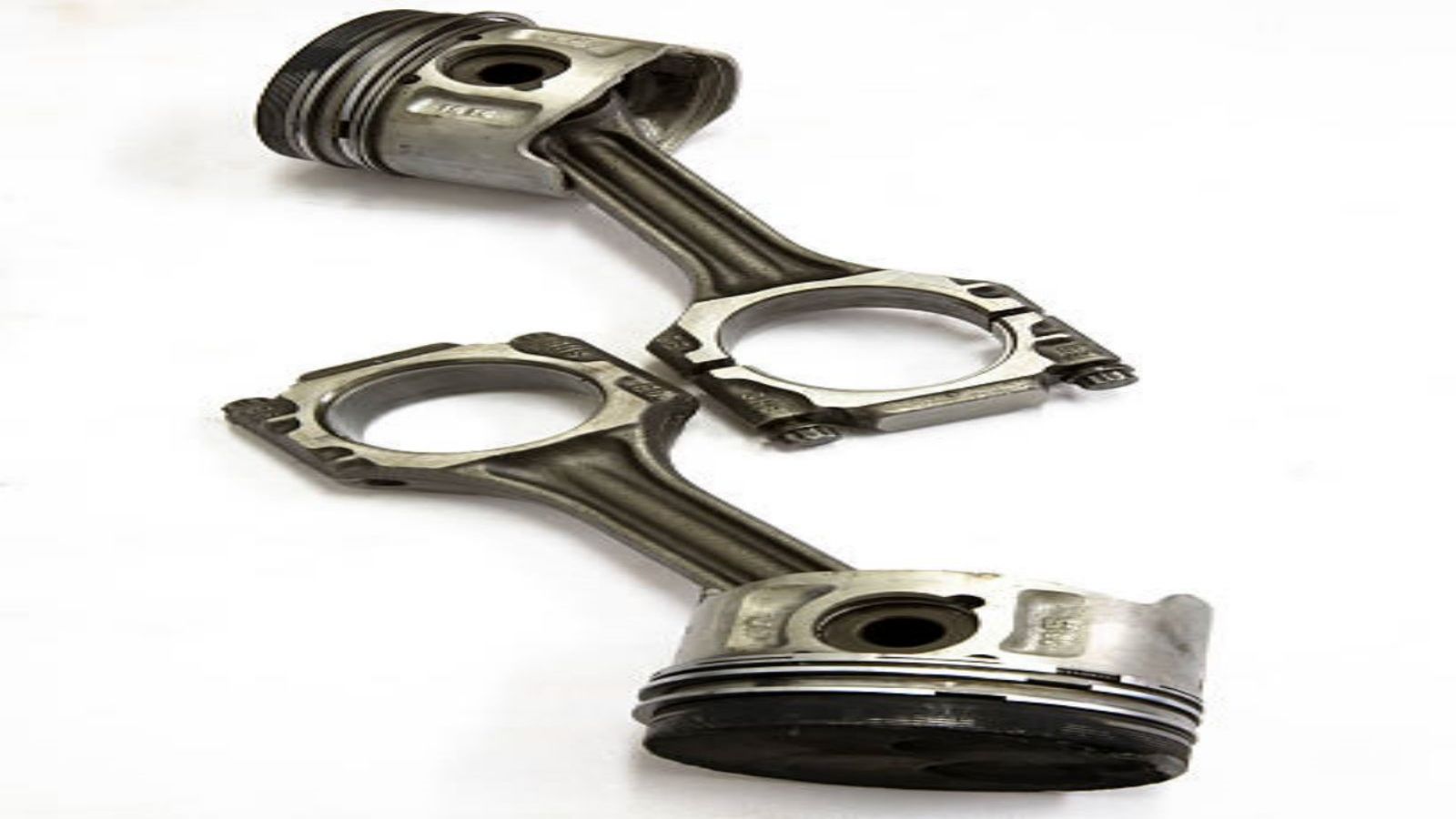Why replacement crank arms Are Essential for Your Bike
When it comes to maintaining your bike's performance and functionality, one of the crucial components to consider is the crankset. The crankset consists of several parts, including the crank arms. Over time, these crank arms may wear out or get damaged, requiring replacement. In this article, we will explore the importance of replacement crank arms and provide you with all the information you need to make an informed decision.
The Basics of Replacement Crank Arms
Replacement crank arms are the individual components of the crankset that connect the pedals to the bottom bracket. They play a significant role in converting your pedaling motion into the rotational power that propels your bike forward. When choosing replacement crank arms, it's essential to consider factors such as compatibility, length, and material to ensure optimal performance.
Types of Replacement Crank Arms
There are various types of replacement crank arms available in the market, catering to different styles of bikes and riding preferences. The most common types include square taper, Octalink, and Hollowtech II. Square taper crank arms are commonly found on entry-level bikes and offer simplicity and affordability. Octalink and Hollowtech II crank arms, on the other hand, are known for their stiffness, durability, and higher performance, making them popular among enthusiasts and professional riders.
Choosing the Right Length for Replacement Crank Arms
One crucial aspect to consider when selecting replacement crank arms is their length. The length of the crank arms affects your bike's overall fit and comfort, as well as your pedaling efficiency. Generally, crank arm lengths range from 165mm to 180mm. Shorter crank arms are suitable for riders with shorter inseams or those who prefer a higher cadence, while longer crank arms are ideal for taller riders or those seeking more leverage and power.
Materials Used in Replacement Crank Arms
Replacement crank arms are typically constructed from various materials, each offering different strengths and characteristics. Common materials include aluminum, carbon fiber, and steel. Aluminum crank arms are lightweight, affordable, and provide a good balance between stiffness and comfort. Carbon fiber crank arms are known for their exceptional stiffness and low weight, making them a preferred choice for competitive riders. Steel crank arms, although heavier, are highly durable and can withstand heavy loads, making them suitable for mountain biking and touring.
Installation and Maintenance of Replacement Crank Arms
Installing replacement crank arms requires some mechanical knowledge and the right tools. If you are not confident in your abilities, it's always best to seek professional assistance to ensure proper installation and avoid any potential damage to your bike. Additionally, regular maintenance is essential to prolong the lifespan of your replacement crank arms. This includes regular cleaning, lubrication, and torque checks to ensure they stay securely attached to your bike.
Benefits of Upgrading Your Crank Arms
Upgrading your crank arms to high-quality replacements can bring several benefits to your cycling experience. Improved stiffness and power transfer can result in more efficient pedaling, allowing you to ride faster and tackle challenging terrains with ease. Additionally, lighter crank arms can reduce overall bike weight, enhancing acceleration and maneuverability. Lastly, upgrading to more durable crank arms can increase the longevity of your bike's drivetrain, saving you money in the long run.
Where to Find Replacement Crank Arms
When it's time to replace your crank arms, there are various options available to you. Local bike shops often carry a selection of replacement crank arms, and their knowledgeable staff can assist you in finding the right ones for your bike. Online retailers also offer a wide range of options, allowing you to easily compare prices and specifications. Whichever option you choose, it's essential to ensure that the replacement crank arms are compatible with your bike's make, model, and bottom bracket type.
Considerations for DIY Crank Arm Replacement
While replacing crank arms can be a relatively straightforward process for experienced cyclists, it may not be suitable for everyone. If you decide to take on the task yourself, make sure you have the necessary tools, including a crank puller and a torque wrench. Follow manufacturer guidelines and take your time to ensure proper installation. If you are unsure or uncomfortable with any step, it's always best to consult a professional bike mechanic for assistance.
Conclusion
Replacement crank arms are essential components of your bike's crankset, ensuring efficient power transfer and overall performance. Whether you need to replace worn-out crank arms or wish to upgrade to higher-quality alternatives, understanding the types, materials, and installation process is vital. By selecting the right replacement crank arms and maintaining them properly, you can enhance your cycling experience and enjoy many more miles on the road or trail.

